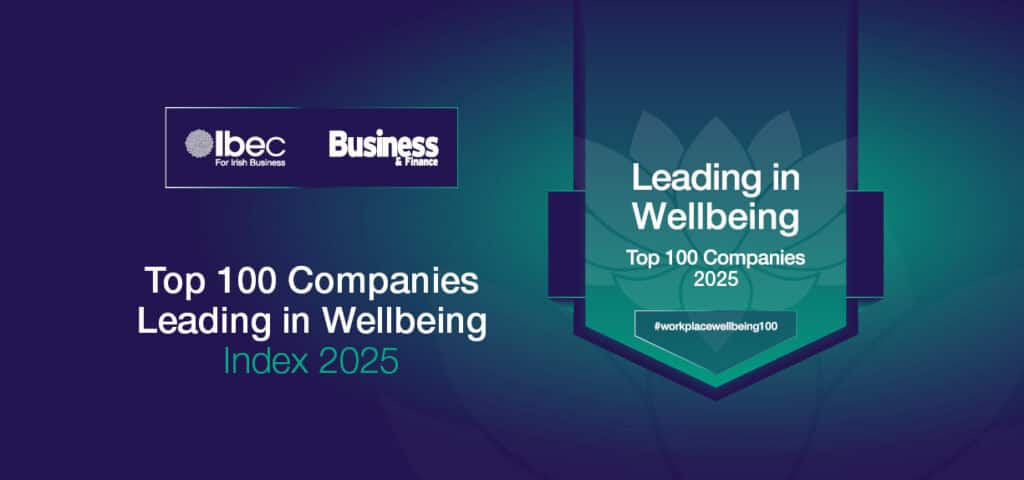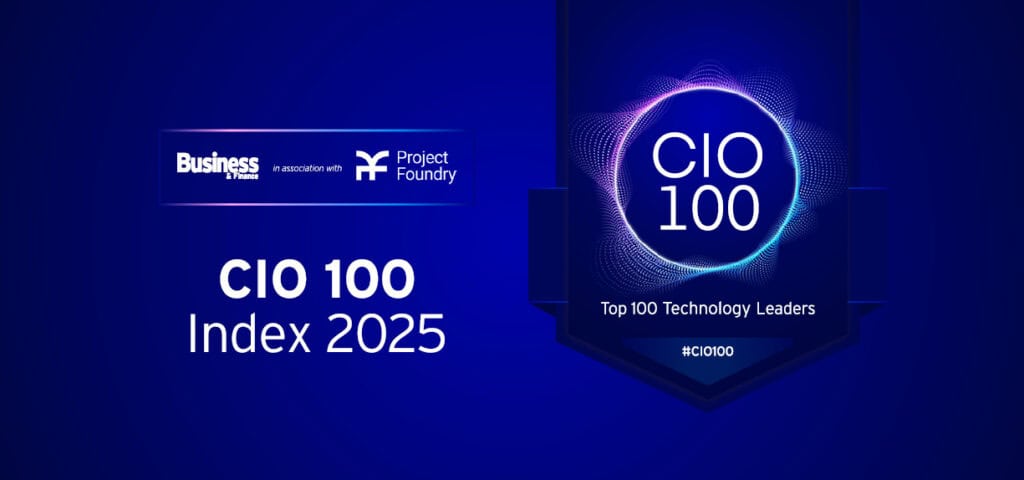David Sammon and Tadhg Nagle highlight the importance of data modelling.
Throughout the past four years of data business, participants at IMI have increasingly understood the importance of being visual when they are trying to convey their understanding of complex problems.
While on this journey, participants have also realised that the capability to translate verbal and textual data into a visual artefact is not well developed in most people.
This represents a significant challenge, because breaking down complex problems most often requires an ability to ‘see’ the problem, and seeing the problem requires us to visualise its components so we can share our understanding with others.
In business today there are many data black boxes. By data black boxes I mean business applications with associated data repositories that no one truly understands, i.e. no individual or group has a full appreciation of the data models that dictate the structures of the data in these repositories.
The data models I refer to are the relationships between the business things of interest (the master data of the business). However, our applied research activities on the data business programme inform us that, when executed effectively, data modelling can impact positively on the business – from the shop floor to the boardroom.

David Sammon
COMPLEX ISSUES
Sound bites from business executives on the use of data modelling have been extremely positive.
So, the fact that a business is supported by many different business applications (data black boxes) can suggest that the data picture (data model) may not be very well understood by the business, or indeed, it may not be as simple as it could be.
This data complexity is further compounded by the semantic differences that exist across business units when defining the same business thing of interest (e.g. a customer or a product). Our data business experiences tell us that by taking part in data modelling workshops, business executives can experience the value of thinking differently about their data and essentially draw a more appropriate data picture.
CHAMPIONING BUSINESS
However, in the big data era, relational data modelling has been somewhat disregarded as to its importance, but this is simply because it has all too often been misunderstood by business executives as to its business value.
Sound bites from business executives on the use of data modelling have been extremely positive
A point often not appreciated is that relational data modelling does not simply mean relational databases; they are two very separate things. To be clear, relational data modelling is more concerned with the fact that the business understands its critical business data through the lens of a relational data structure (the relationships between the business things of interest).
THE BIG PICTURE

Tadgh Nagle
Within data business we champion a mind-set that promotes the business value of relational data modelling as being a low-tech, low-cost, collaborative and people-centric activity. The data models that are designed are independent of any existing systems and low-fidelity.
These valuations have come in at €1m, €10m and €16m. So data modelling has an important role to play in unlocking quantifiable business value from business data.
To conclude, our applied research experiences (both inside and outside the data business classroom) have provided ample evidence that the design of a data model by business executives is an effective way of visualising complex problems through the translation of verbal/textual data into visual artefacts.
Ultimately, a data model designed by business executives targets the complexity of business data, and, remember, a picture is worth a thousand words.
About the authors:
David Sammon is an IMI associate and Professor at Cork University Business School
Tadhg Nagle is an IMI associate and lecturer at University College Cork







